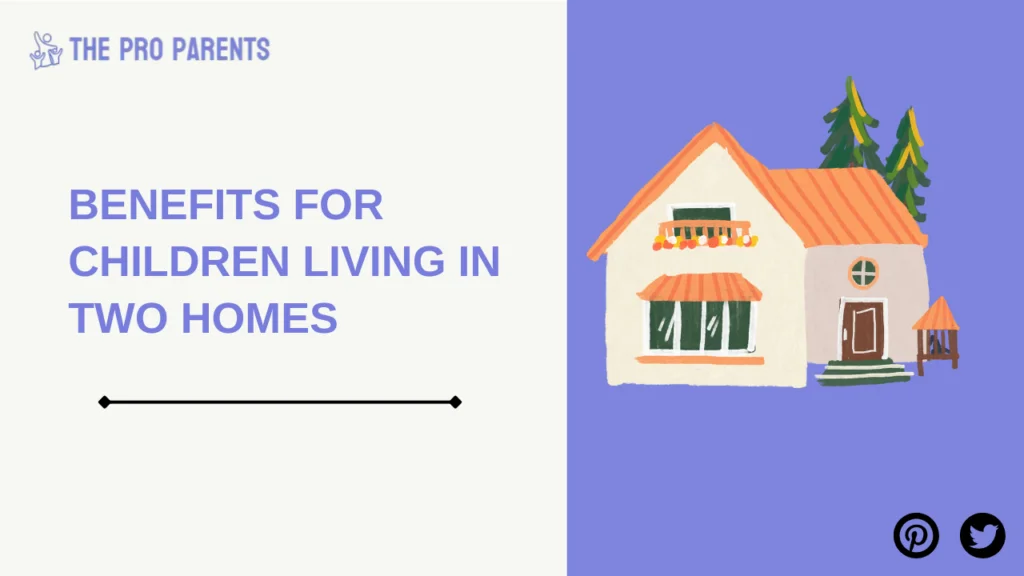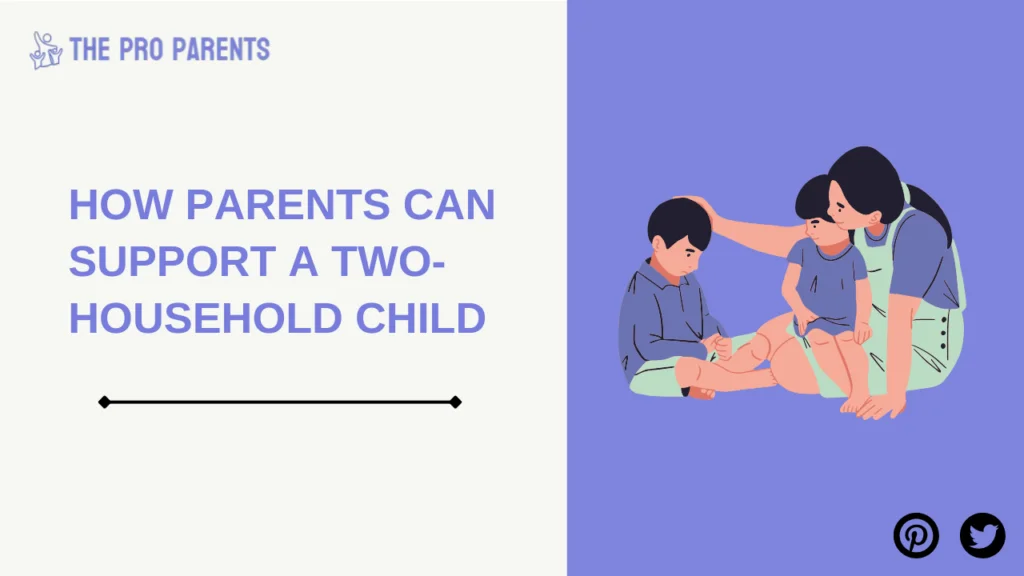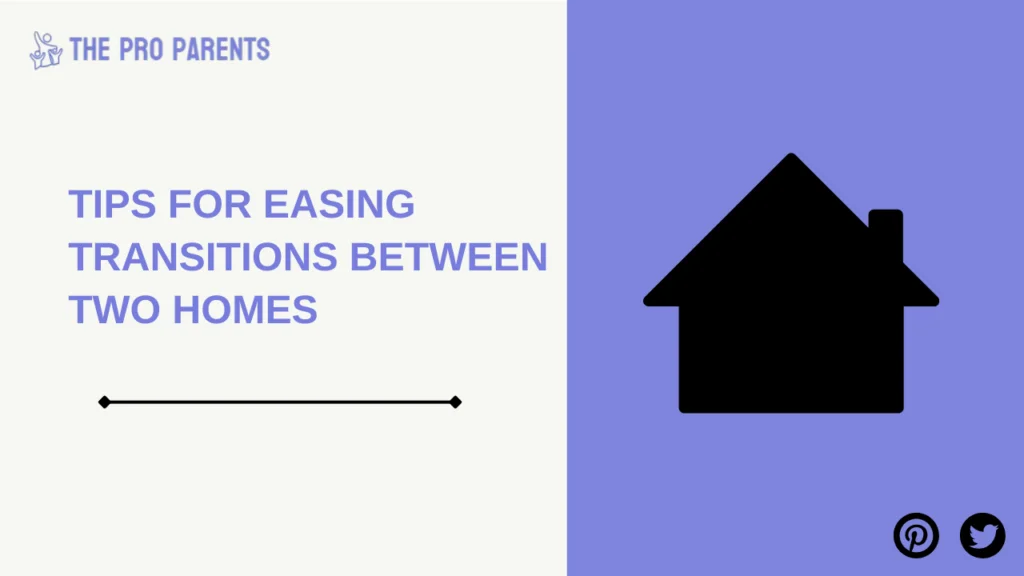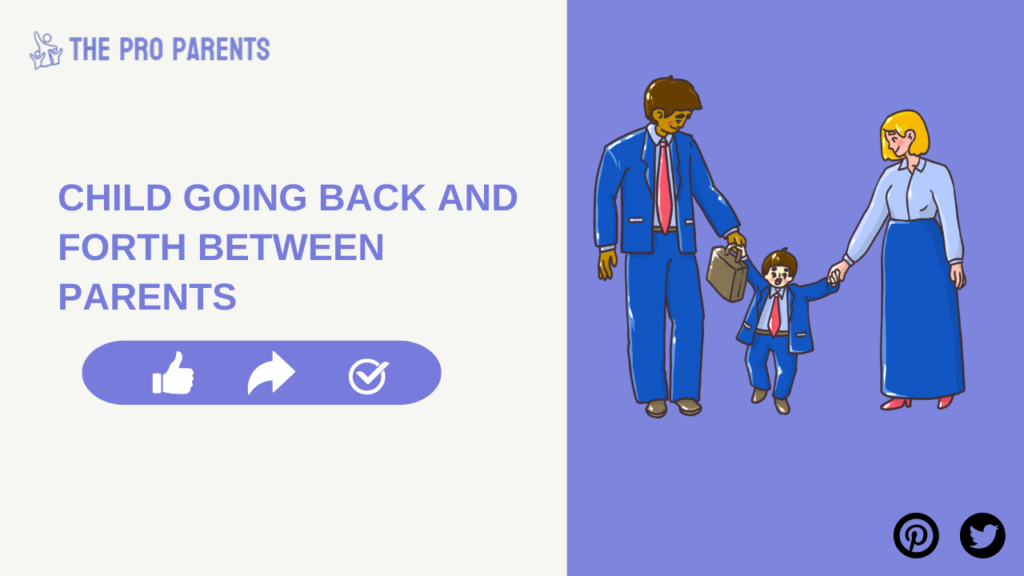Table of Contents
Introduction:
Picture this—a child packing their favorite stuffed animal, zipping it into a suitcase, and strapping on a brave face as they move between Mom’s house and Dad’s. Sounds like a classic Hollywood scene, right? But for many families, this is a weekly reality!
The concept of a “two-household child” is becoming more common with the rise of shared parenting arrangements. While this arrangement often ensures children get quality time with both parents, it also comes with its own set of complexities. What does life look like for a child going back and forth between parents? How can parents ensure that shared custody actually works in their child’s favor? If these are questions on your mind, you’re in the right place!
What Is a Two-Household Child?

A “two-household child” (or “2 household child”) refers to kids who regularly divide their time between their parents’ separate homes, often as part of a custody or co-parenting agreement.
This type of shared parenting arrangement reflects a growing societal shift toward ensuring children maintain relationships with both parents post-divorce or breakup. On paper, it sounds equal and fair—spend a few days here, then a few days there. But the reality for a child going back and forth between parents often straddles complex emotional, logistical, and psychological challenges paired with opportunities for growth.
The Benefits for a Child Going Back and Forth Between Parents

It’s not all stress and logistical hurdles! There are major benefits for a child growing up in two households when done thoughtfully.
- Strong Bonds with Both Parents: Shared custody ensures that children continue to enjoy meaningful relationships with both parents, unlike traditional custody models where one parent might be less present.
- Exposure to Varied Experiences: Each household might come with its own traditions, hobbies, and lifestyle. This diversity can be enriching—one parent might enjoy weekend hikes while the other crafts art projects at home.
- Learning Adaptability: Moving between homes teaches kids to adapt to different environments and expectations—an important life skill.
- Access to Resources in Two Space: Two homes often mean access to double the resources—two sets of toys, books, and even pets!
While adjusting to shared parenting can feel daunting at first, the benefits it brings to both parents and children make it worth the effort. Shared parenting fosters stronger bonds, promotes stability for the child, and allows each parent to actively participate in their child’s life. Though it may take time and patience to adapt, these rewards illustrate why it’s important to find a balance and make it work.
Challenges Faced by a Two-Household Child

Life as a “two-household child” isn’t always seamless. For every warm holiday spent with both parents, there might be bumps in the road that families work through together.
- Navigating Different Routines: Maybe bedtime is 9 PM at Mom’s, while Dad’s house allows staying up past 10. Differences in rules and routines can make transitions difficult for children.
- Packing Stress: Imagine living your life with a perpetually half-packed suitcase. Forgetting school supplies, clothes, or cherished items can lead to frustration.
- Handling Emotional Strain: It’s not uncommon for a child going back and forth between parents to feel torn between loyalties or anxious about balancing their relationships with both.
- Maintaining Consistency: Things like homework schedules, friends, or chores can feel disjointed when split between two homes. The lack of consistency may lead to feelings of instability.
How Parents Can Support a 2 Household Child Effectively

For shared custody to truly benefit a child, thoughtful co-parenting is essential. This means working together to create a stable, supportive environment across two households. Clear communication, consistency in routines, and a focus on the child’s emotional well-being can make a world of difference. Here are strategies to help you support your two-household child and ensure they thrive throughout the process.
- Communicate Like Pros: Parents, this is your stage to shine! Keep the lines of communication open—not only with your kids but also with each other. Share information about big events, school projects, or emotional red flags to stay on the same page.
- Consistency is Key: While both households will naturally have differences, aim to align on key aspects like bedtime, screen time, and expectations for school performance.
- Create a Clear Schedule: Children thrive on predictability. Whether it’s alternating weeks or weekdays here and weekends there, ensure your child understands the plan. Visual calendars on their bedroom wall can provide reassurance.
- Foster Emotional Safety: Make it clear to your child that they don’t have to choose sides. They should feel free to express their feelings and build relationships with both parents equally.
- Discuss Issues Privately: Disagreements between parents? Keep those conversations away from your child. Children are sensitive to tension and should be shielded from conflict as much as possible.
Tips for Easing Transitions for a Child Going Back and Forth Between Parents

Switching between homes doesn’t have to feel like uprooting your life. With a bit of preparation and care, you can help your little one feel secure and at ease. Here’s how to make these transitions smoother, from maintaining routines to creating a sense of familiarity in each home.
1. Give Them a Heads-Up: Prepare children for the transition by reminding them of the plan the day before. Knowing what to expect gives them time to adjust.
2. Pack in Advance: Avoid last-minute packing stress by preparing their belongings the night before a move. Encourage them to keep a checklist for the essentials.
3. Keep Items in Both Homes: Whenever possible, have duplicates of commonly used items like toiletries, school supplies, and even a favorite stuffed toy to minimize forgotten items.
4. Acknowledge Their Feelings: Transitions can surface sadness or anxiety. Validate their emotions with empathy—”It’s okay to miss Mom when you’re at Dad’s. That just shows how much you love both of us.”
5. Create “Welcome Back” Rituals: Make the return to each home joyful! Whether it’s a cozy hug, a favorite bedtime story, or a chat over snacks, these moments can ease the adjustment period.
Helping a Two-Household Child Thrive
Children are incredibly resilient—and with the right support, being a two-household child can be an enriching experience. The key lies in how parents approach shared custody. By communicating thoughtfully, establishing routines, and showing empathy, parents can turn what seems like a logistical challenge into an opportunity for love and growth.
Got questions or insights about shared parenting? Leave your thoughts in the comments below!
FAQ Section
-
What are the psychological effects of 50/50 custody?
The impacts of 50/50 custody vary by child but often include better relationships with both parents, increased feelings of stability, and learning adaptability. However, some children may struggle with emotional stress from frequent transitions. Providing them with consistent routines and emotional support can minimize negative effects.
-
What is an example of co-parenting?
A great example of co-parenting is both parents attending a school event together, showing their child that they’re a united team. Effective co-parenting also includes open communication about the child’s needs and maintaining consistency between households.
-
Why does my child act up after visiting dad?
Transitions between homes can be emotionally overwhelming for children. Acting up after visiting Dad (or Mom) may stem from feelings of sadness about leaving one parent or adjusting to another household’s rules. Offer patience, empathy, and open dialogue to help soothe their emotions.
-
Why do kids move back and forth?
Kids go back and forth between homes to maintain relationships with both parents. Shared custody supports emotional bonds and ensures parents share responsibilities, offering children diverse experiences and consistent love.
-
How does living in two homes affect children?
Living in two homes can teach children adaptability, independence, and conflict resolution. However, it may also create challenges with consistency and emotional adjustment. Clear routines, strong communication, and emotional reassurance can help support children in this arrangement.



